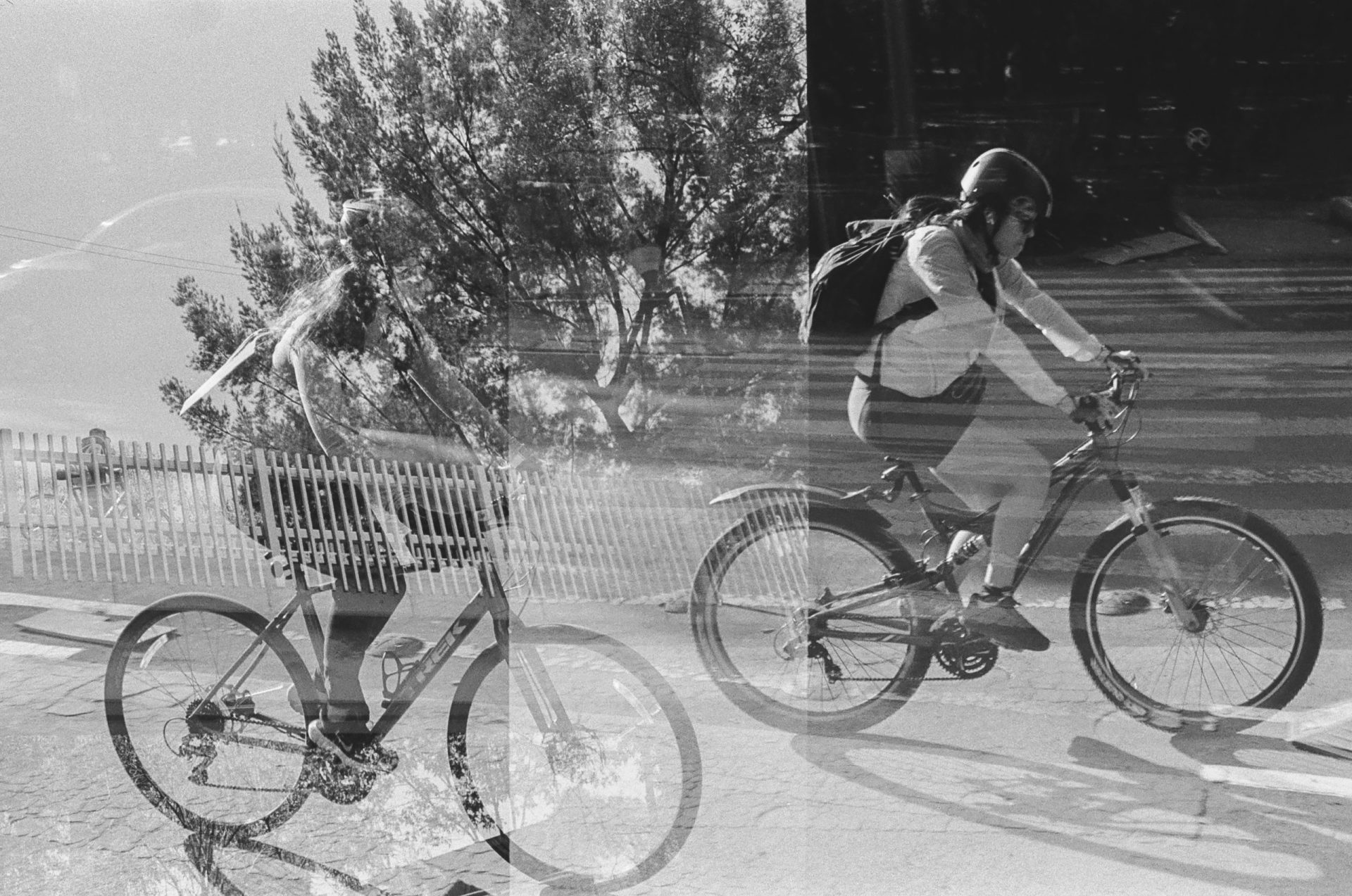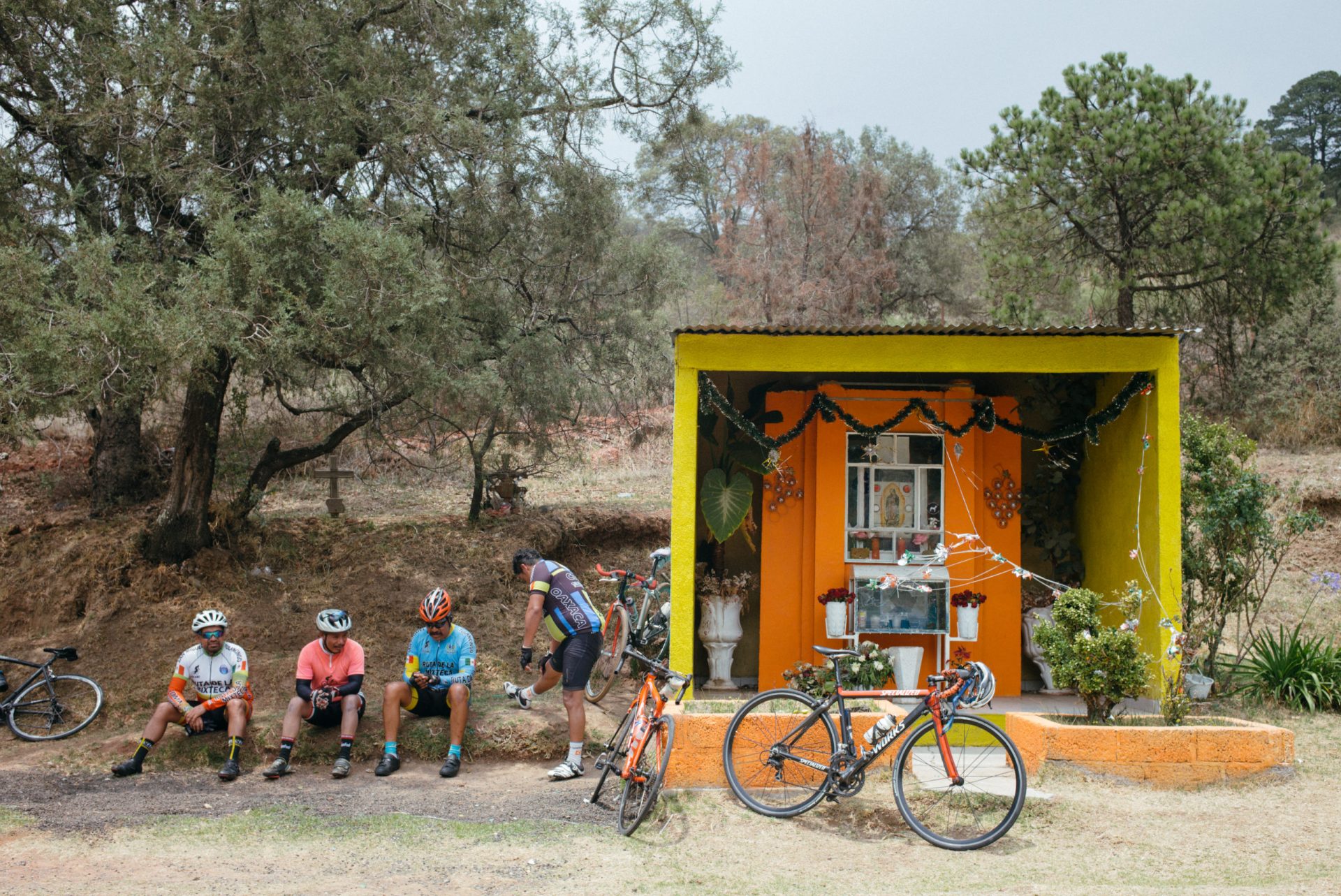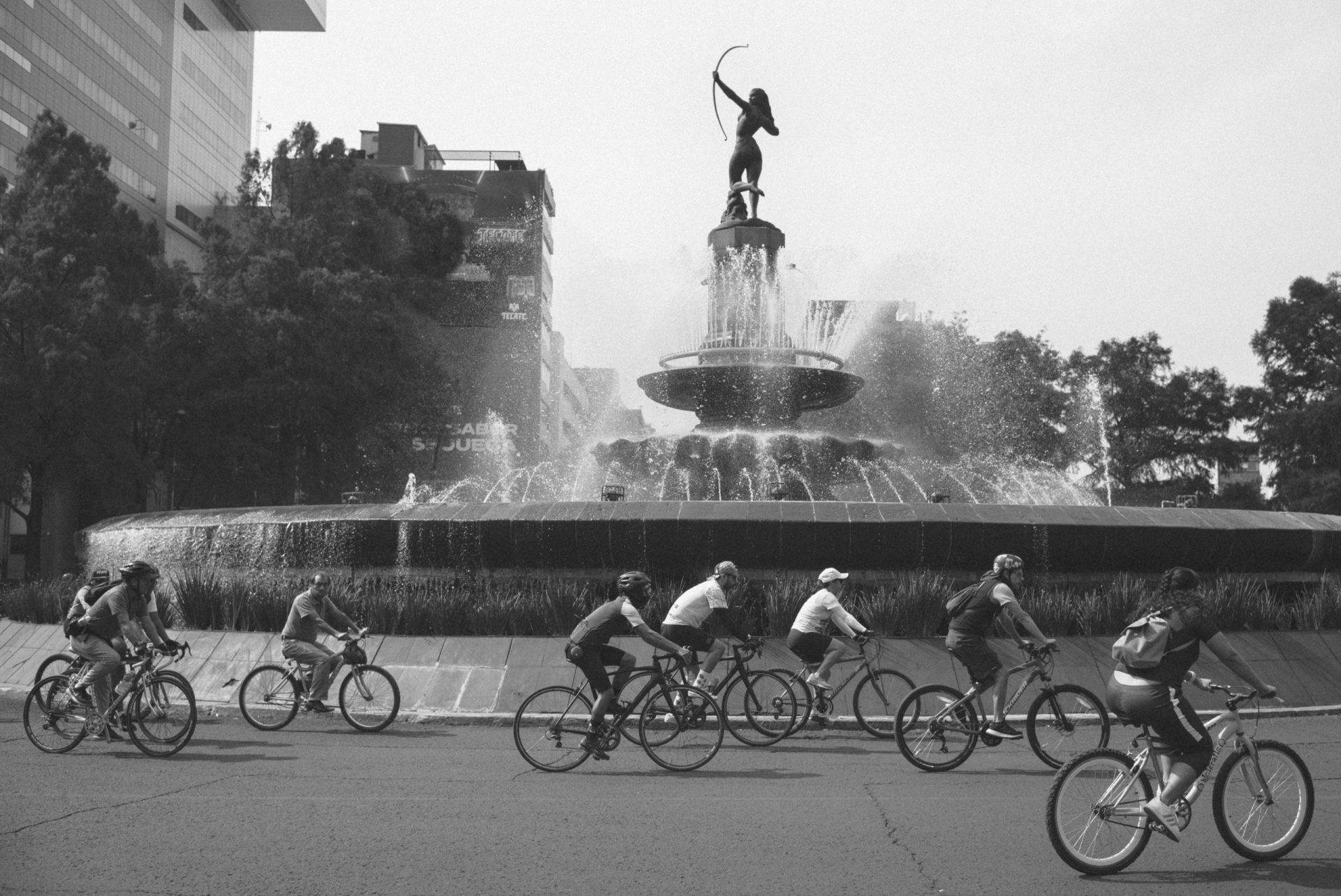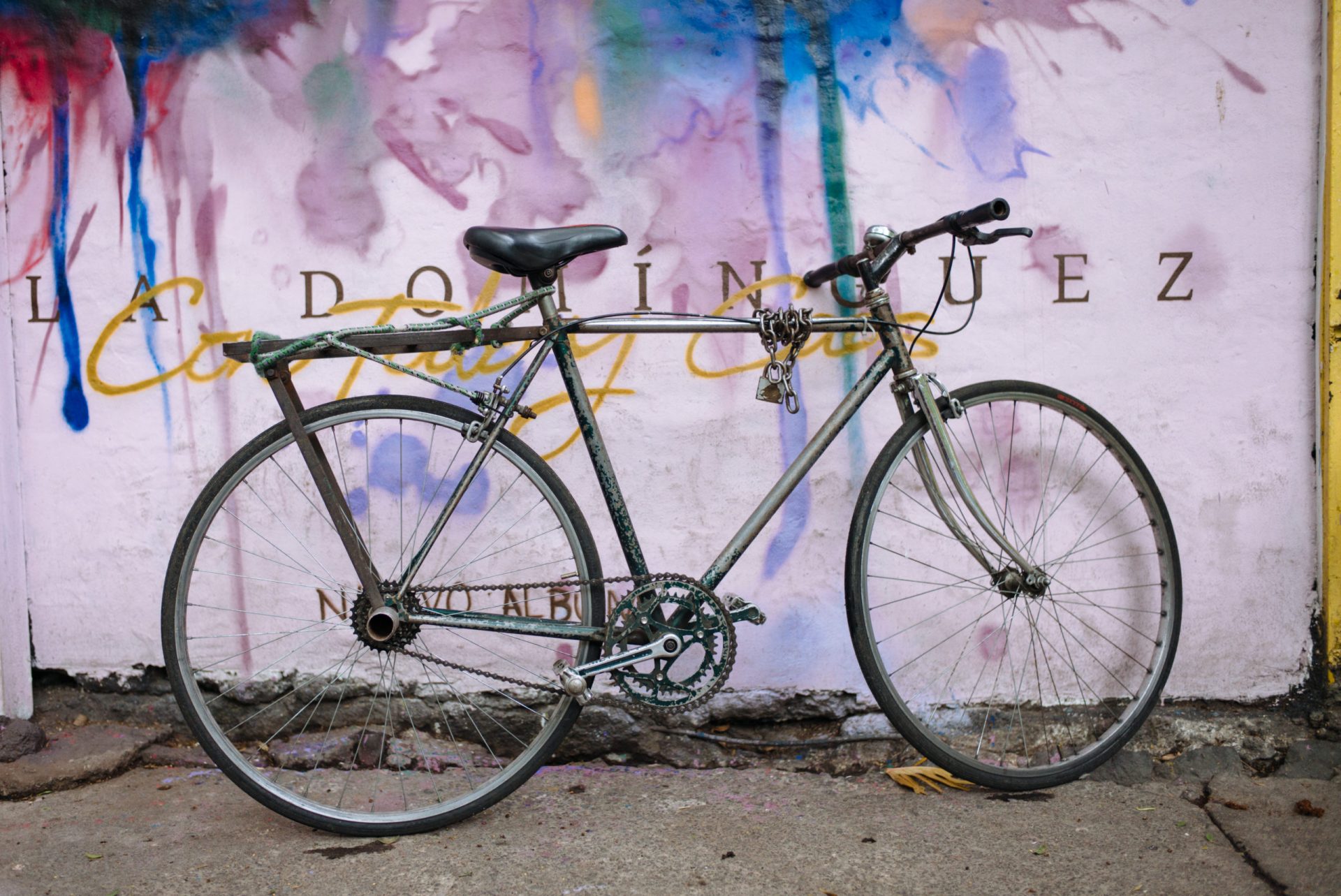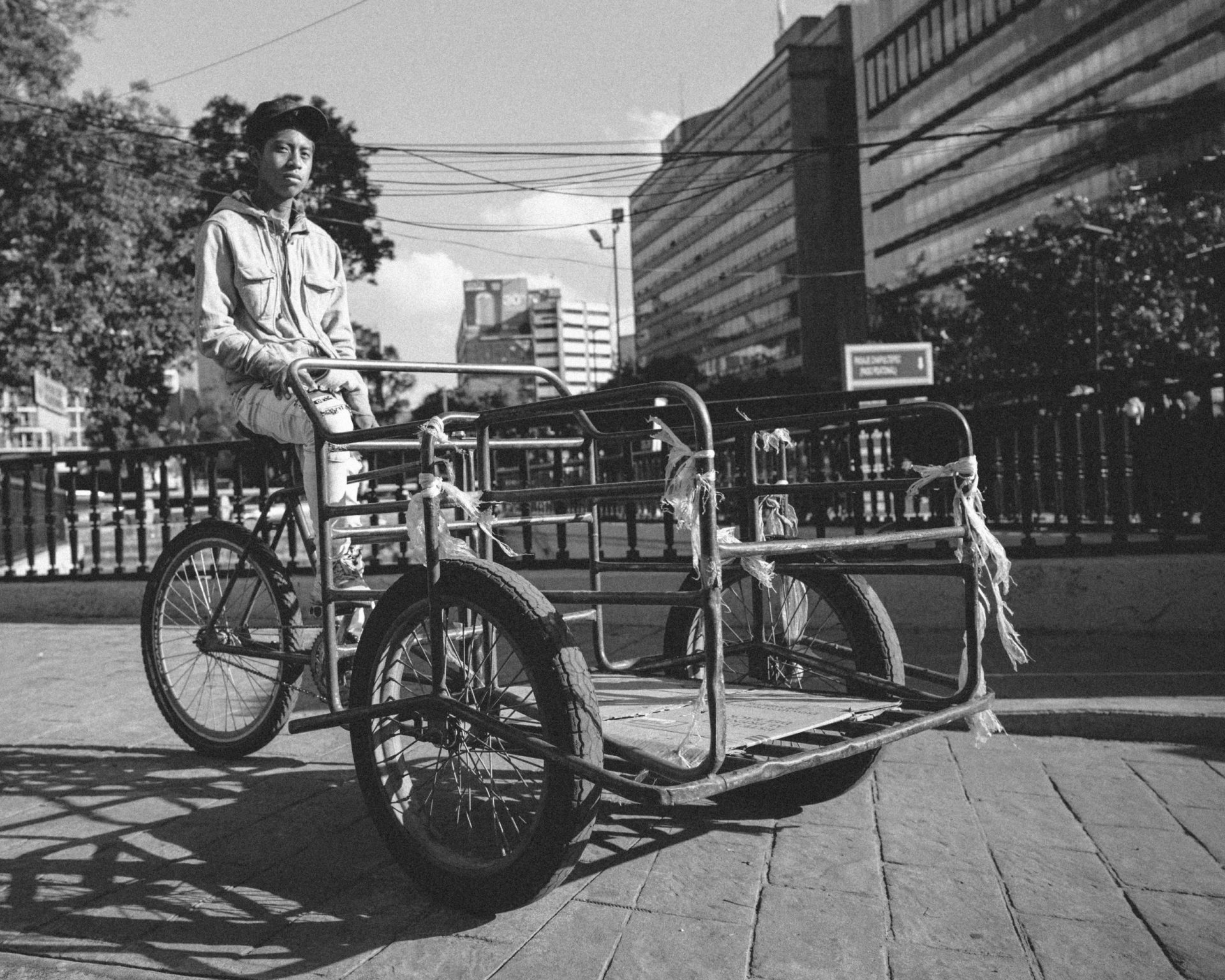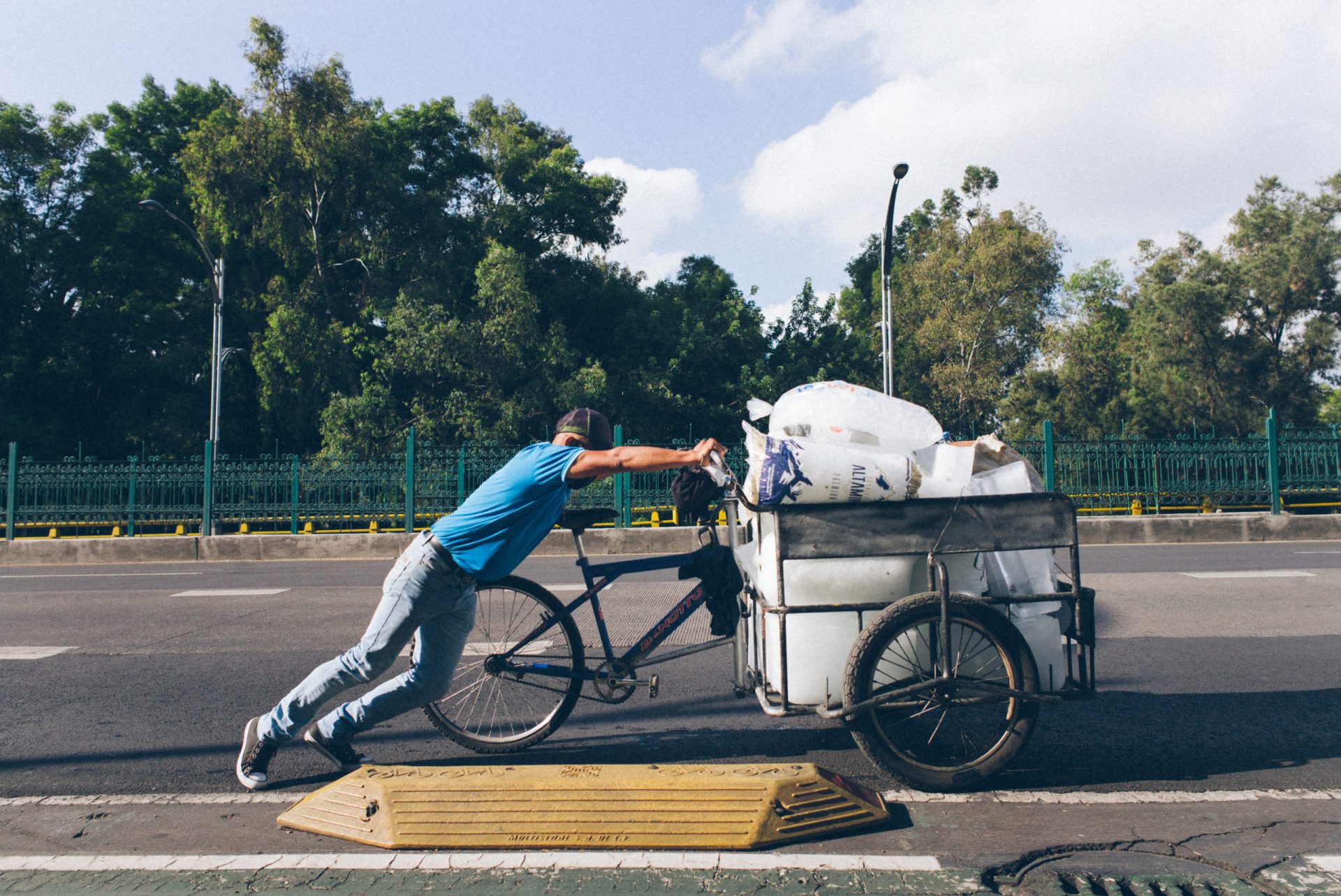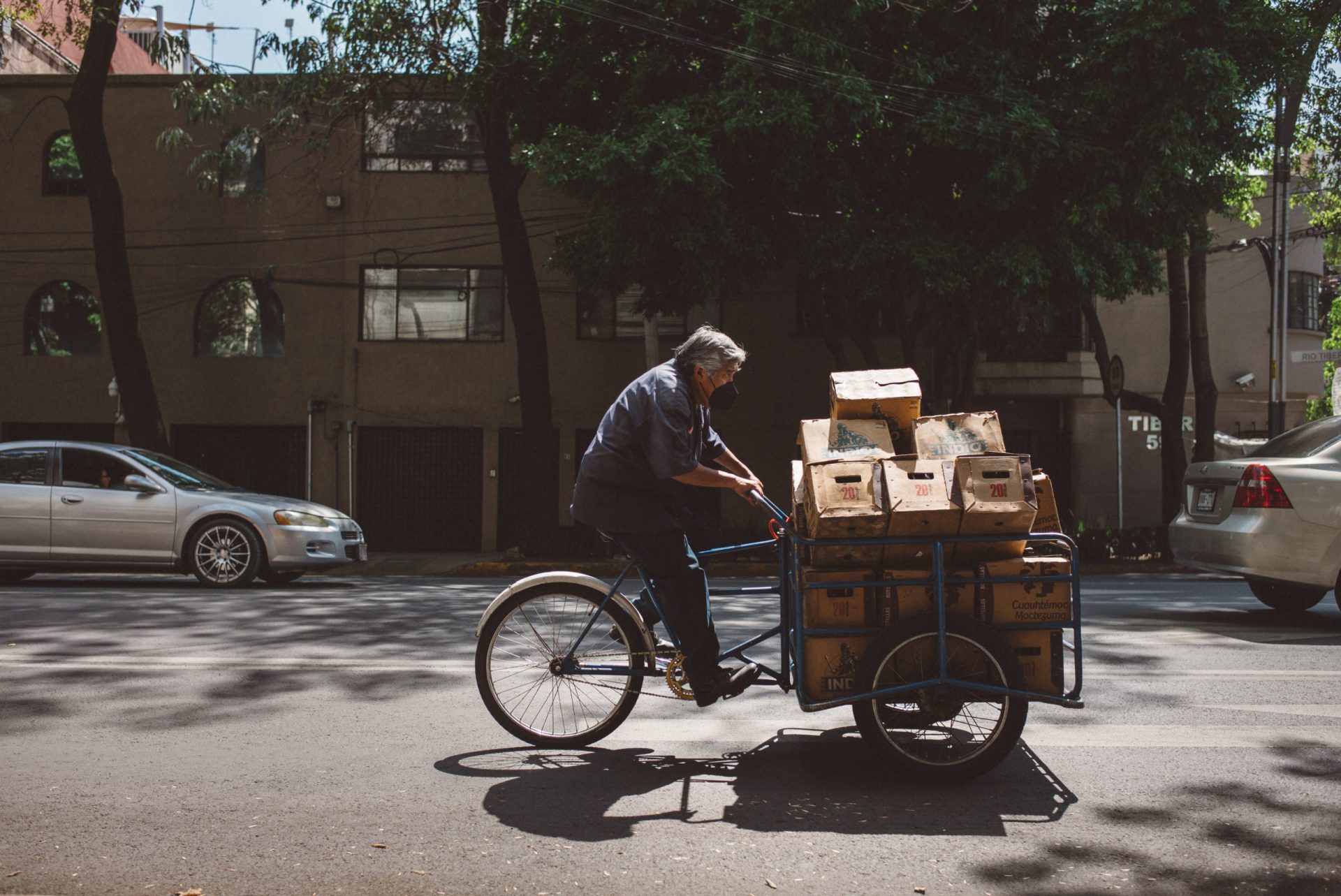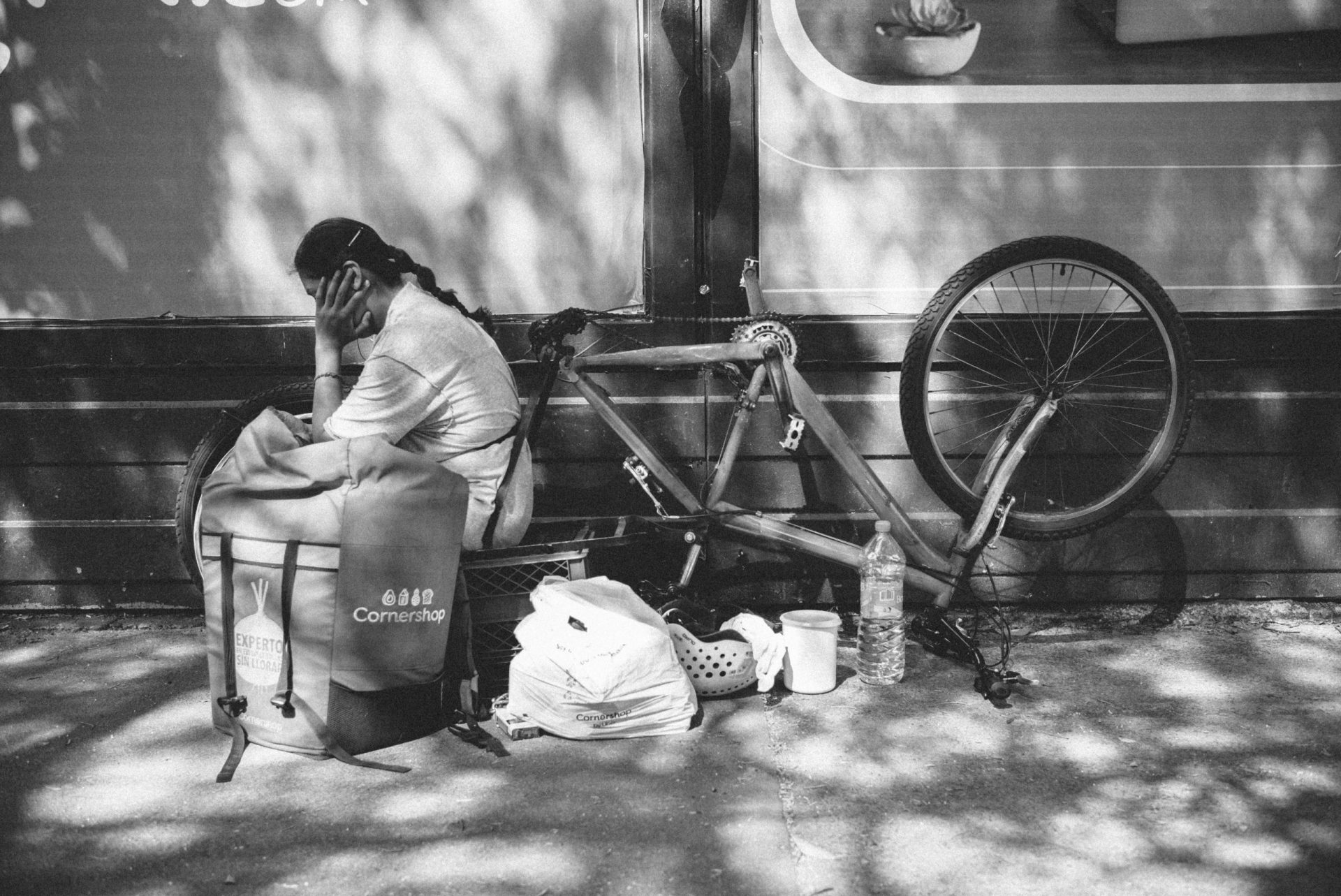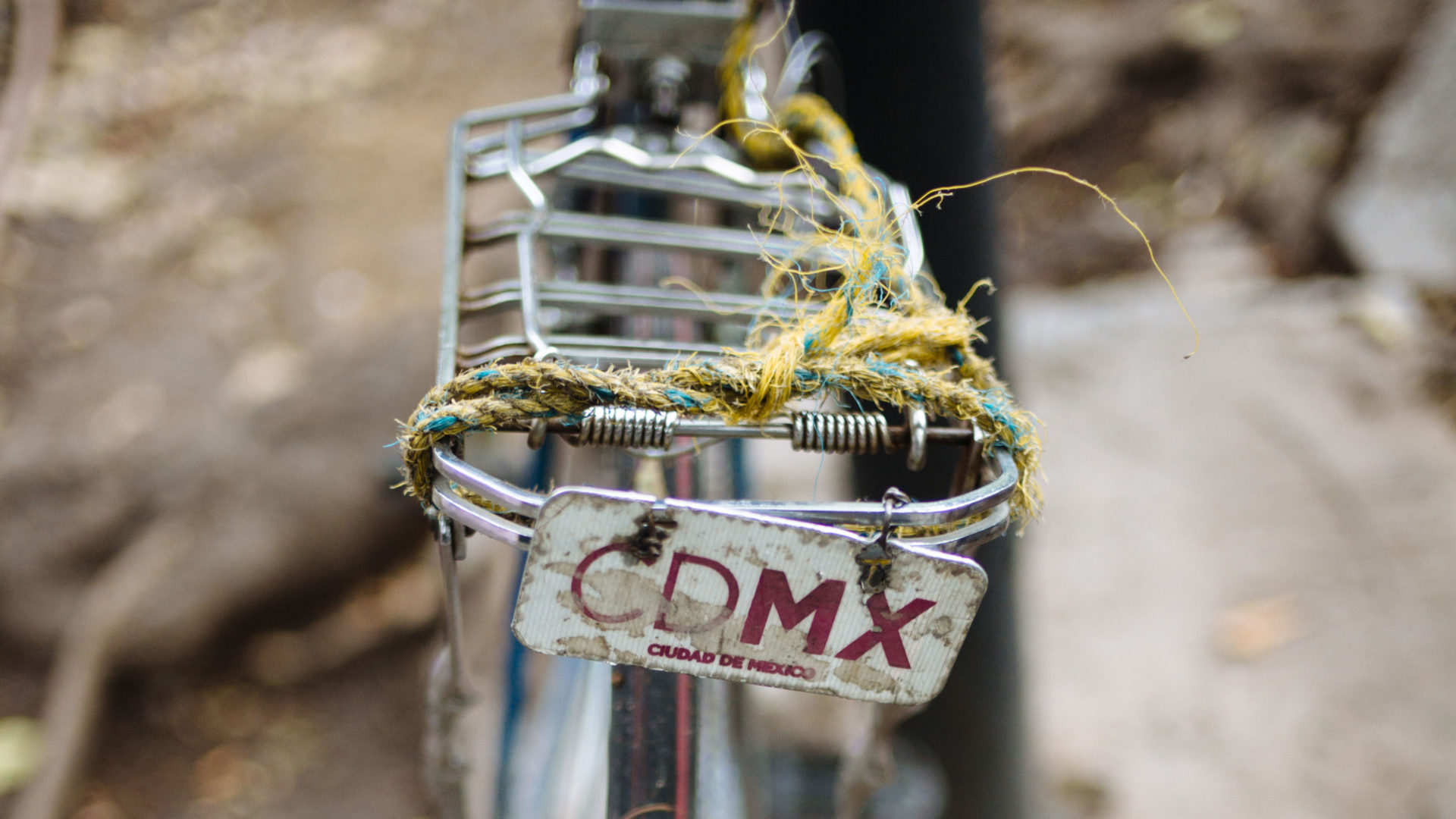
The first bicycles came from Boston, Massachusetts. However, like the first try at anything, they posed safety risks and didn’t land as the viable travel option we know them as today. Those bikes, known as “secure bikes”, touched down in 1880 with the same dimensions and air-filled tires we ride now. The bicycle-boom took over the world and maintained a strong hold in Mexico City which has only grown since bikes have become more accessible and affordable over the years. A poll conducted by the Mexican Institute for Statistics and Geography concluded that in 2017 35.9% of the 5.9 million homes in Mexico City had at least one bicycle owner – equating to approximately 2.1 million bicyclists operating everyday.
In 1892, bicycles were designated as street legal vehicles in Mexico City. With safety precautions in place – bikers had to have bells and flashlights installed before they could brave the roads – it wasn’t long before the bicycle became a lifestyle: a modern tool of urban societal evolution. While the main draw of the bicycle was transportation, it also opened doors to boundless opportunities, particularly for women. Even renowned femminist Susan B. Anthony claimed that bicycles have “done more to emancipate women than any one thing in the world,” as they were a means of physical and social mobility, allowing women to travel for work, education, athletic competition, and more. ECOBICI, a public bike service in the city, released statistics from 2020 showing that 33.6% of cyclists in CDMX are female, and the leading age demographic skews younger with 39.9% of riders being between the ages of 25-34. The promise of these groups growing in usership are high as they continue to welcome the next generations of riders in collaboration with Mexico City’s Mobility Department’s goal to create 600kms of bike lanes throughout the city, improving safety and accessibility.
Photographer and frequent collaborator with The Lift, Luis Villalobos, spoke with cyclists across the city – including those in cycling groups who have built communities around the tool – to understand the cultural reach and importance of bikes which have historically aided the daily labors of every grocery store, dry cleaners, pharmacies, markets, butcher shops, plumbers, taqueros, etc., and it is the main instrument to start a personal business or contract work (ie. working with delivery apps).
CYCLIST: We are a small bike group called Aves del Oriente (Eastern Birds). We try to complete a 150-kilometer-tour every weekend – iit all depends on the route we choose. Almost each one of us live in CDMX’s neighboring municipalities (Chimalhuacán, San Vicente Chicoloapan, Los Reyes La Paz, Nezahualcóyotl and Chalco). We train all year for La ruta Mixteca (Mixtec Route). We invented this tour inspired by our community’s yearly celebrations. Every September 27th & 28th we ride from Chalco to a tiny community in the State of Oaxaca called San Miguel Tulancingo. After the 330 kilometers ride, we get ready to celebrate San Miguel Arcángel, the community’s patron on September 29th.
One cyclist collected belongings in his bike basket that were passed on to him from neighbors, friends, and strangers alike:
LUIS VILLALOBOS: Hi! [Noticing the biker’s basket collection] Who gave you all these things?
CYCLIST: Everybody! I find them on the street, pick them up and hang them on the basket.
LUIS VILLALOBOS: Can I take a picture of you?
CYCLIST: Sure, just make me look handsome!
Bridging community, culture, economic mobility, and transportation, bicycles have become an essential part of life in Mexico City. As this method reinforces positive environmental impacts, we are excited to see further growth in the number of cyclists nationwide and worldwide. Scroll below to see more images from around the city, captured by Luis Villalobos.
